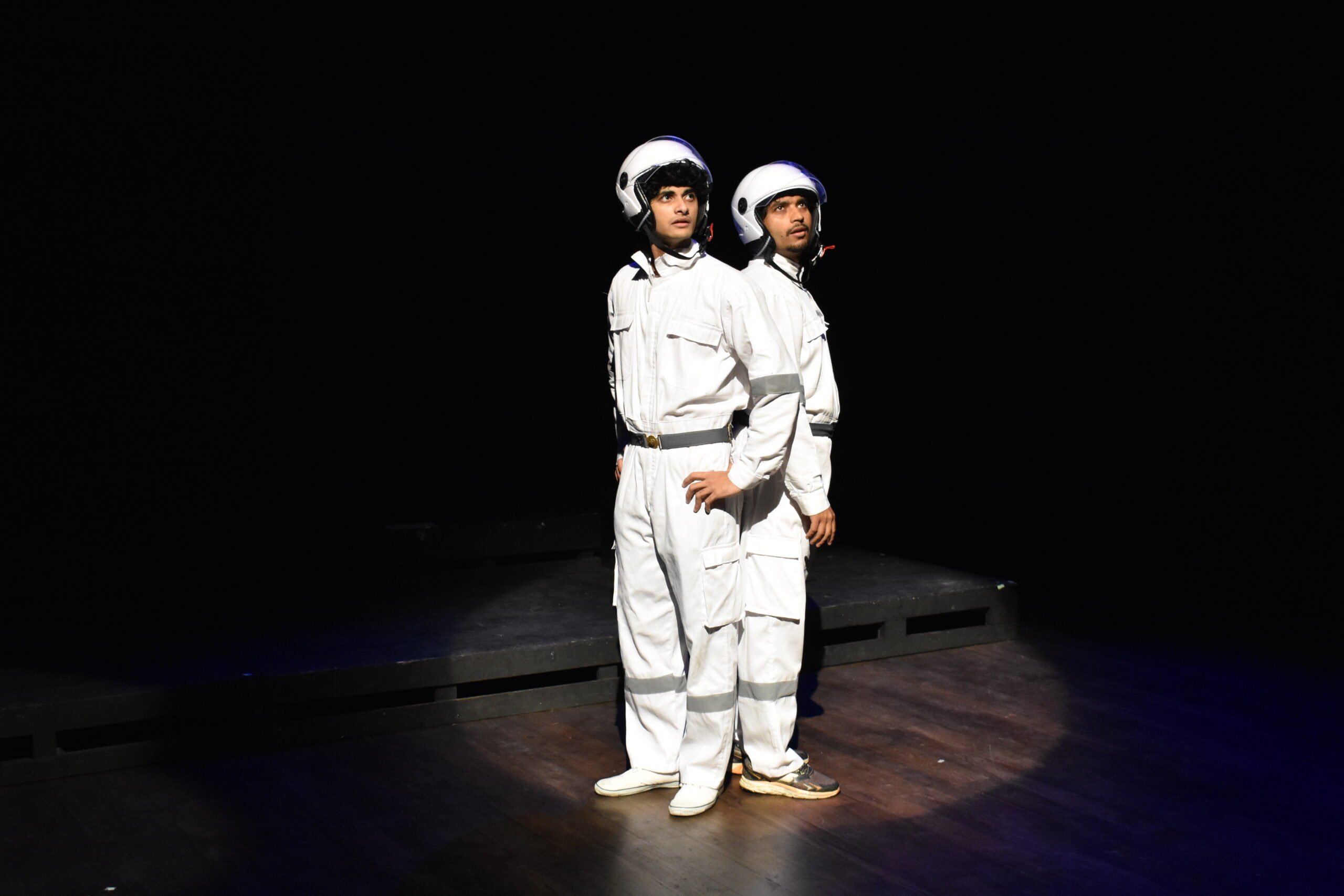In the vibrant world of theatre, every punch, kick, and sword fight is a meticulously crafted spectacle designed to captivate and thrill audiences. This captivating illusion, known as stage combat, merges the physicality of martial arts with the intricate storytelling of theater to produce realistic and engaging fight scenes.
The Backbone of Choreography
The backbone of any successful stage combat performance is choreography, a carefully designed blueprint that ensures every move is executed safely and convincingly. Choreography transforms stage combat from mere physicality into a powerful storytelling tool, enhancing character emotions, plot developments, and thematic elements.
Techniques in Stage Combat
Stage combat incorporates a diverse array of techniques drawn from various martial arts, fencing, and historical combat styles. Unarmed combat techniques, such as punches, kicks, slaps, and throws, are adapted to ensure no actual contact is made, or if contact is unavoidable, it is executed safely. Swordplay, including fencing and broadsword fighting, is a staple of many theatrical productions. Knowing how to fall correctly is crucial in stage combat to prevent injuries, with rolls and falls choreographed to distribute impact safely across the body. Grappling techniques, including holds, locks, and throws, are designed to appear aggressive while being executed in a controlled manner.
Storytelling Through Choreography
A well-choreographed fight scene can convey character emotions, plot developments, and thematic elements. Each move in a fight scene serves the story, with choreographers working closely with directors and actors to ensure that the combat enhances the narrative. Like dance, stage combat relies on rhythm and timing, creating sequences that flow naturally, with moments of tension and release that keep the audience engaged. The style and intensity of a character’s fighting can reveal much about them, as a seasoned warrior will move differently than a novice, and an honorable fighter will have a different style than a ruthless one. Safety is meticulously planned into choreography, including positioning, timing, and the use of protective equipment.
The Paramount Importance of Safety
Safety is paramount in stage combat, as the risk of injury is high without proper precautions. Performers undergo extensive training to learn the techniques and safety protocols of stage combat, including how to control movements, use weapons safely, and communicate effectively with fellow performers. Fight scenes are rehearsed repeatedly to ensure that all participants are comfortable and confident with the choreography. Depending on the type of combat, performers may use protective gear such as padding, gloves, and helmets, which are crucial for safety even when not visible to the audience. Performers use verbal and non-verbal cues to communicate during a fight scene, ensuring that everyone is aware of what is happening and can react appropriately.
The Rigorous Training Process
Becoming proficient in stage combat requires dedication and practice. Many actors start with workshops and classes offered by theater companies, drama schools, and specialized stage combat organizations. For example some of the best acting schools in Mumbai, offers comprehensive training in stage combat. These classes cover the basics of unarmed combat, weapon techniques, and choreography. Organizations like the Society of American Fight Directors (SAFD) offer certification programs that validate a performer’s proficiency in stage combat, involving rigorous testing and serving as a mark of a performer’s skill and commitment. Even experienced performers continue to practice and refine their skills, with regular practice helping to maintain physical fitness, improve technique, and keep performers safe.
The Collaborative Effort
Stage combat is a collaborative effort, with choreographers, fight directors, and performers working together to create memorable and safe fight scenes, fostering a sense of trust and teamwork essential for successful stage combat.
Essential Skills for Stage Combat
To excel in stage combat, performers need a unique blend of skills. Stage combat is physically demanding, requiring strength, flexibility, and endurance to execute moves safely and convincingly. Mastery of various combat techniques, including unarmed combat, weapon handling, and the ability to perform complex choreography, is essential. Strong acting skills are also crucial, as stage combat is not just about fighting but also about storytelling, with performers needing to convey the emotions and motivations behind each move. Safety and effectiveness in stage combat require intense focus and concentration, with performers needing to be aware of their own movements and those of their partners at all times. Adaptability is also important, as fight scenes can change during rehearsals or even during a performance, and performers need to be able to make quick adjustments.
Conclusion
In conclusion, stage combat and choreography are integral components of theatrical storytelling, bringing action and excitement to the stage while prioritizing the safety and well-being of performers. Through rigorous training, meticulous choreography, and a commitment to safety, stage combat professionals create thrilling fight scenes that captivate audiences and bring stories to life. Whether it’s a dramatic sword fight or an intense hand-to-hand battle, the art of stage combat continues to be a vital and dynamic aspect of theater. Institutions like Rangshila Theatre Group and other top acting schools in Mumbai play a crucial role in nurturing this art form, providing aspiring actors with the skills and knowledge they need to excel in stage combat and choreography.

